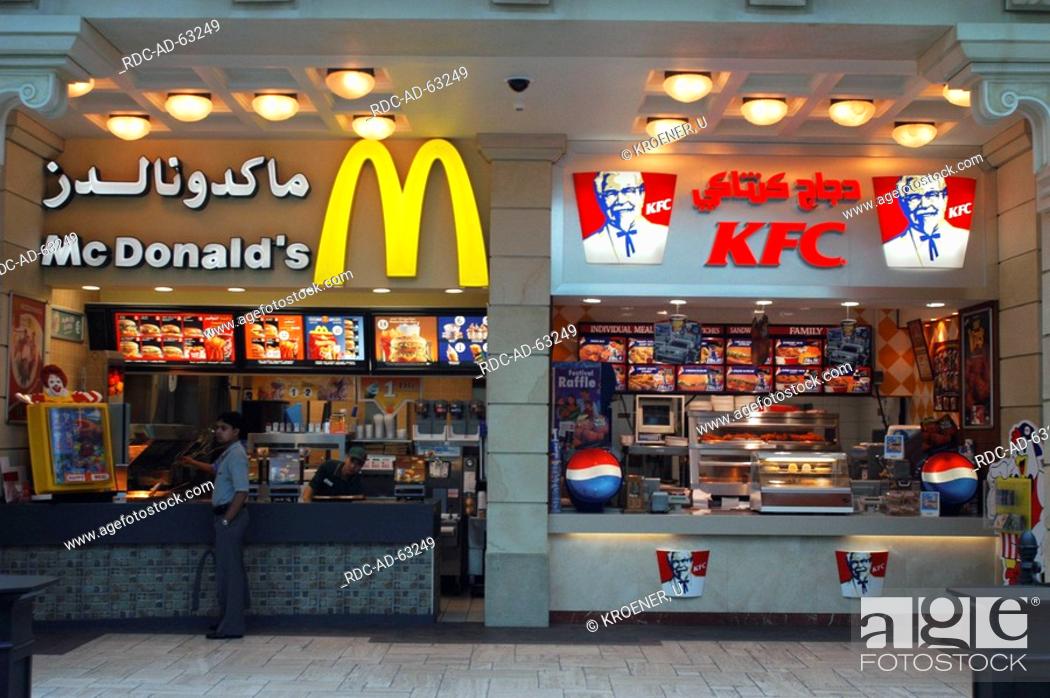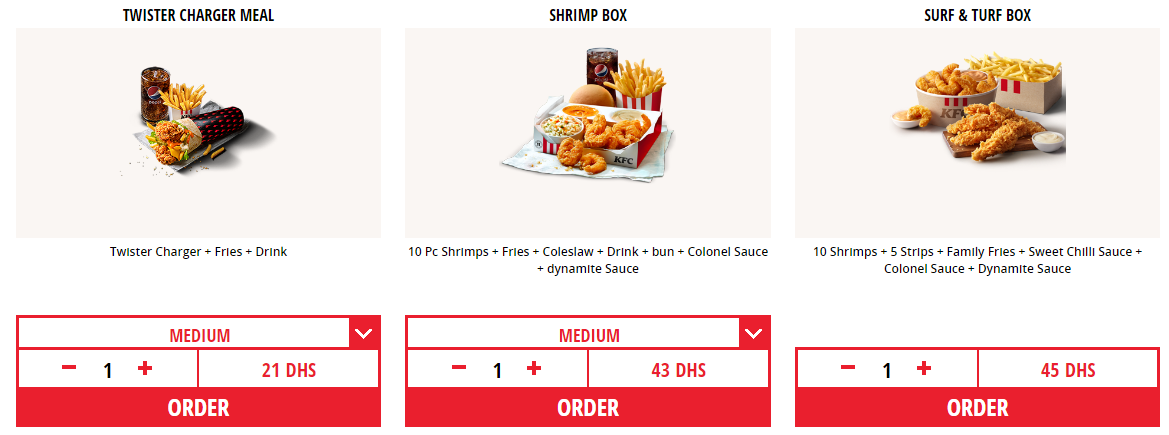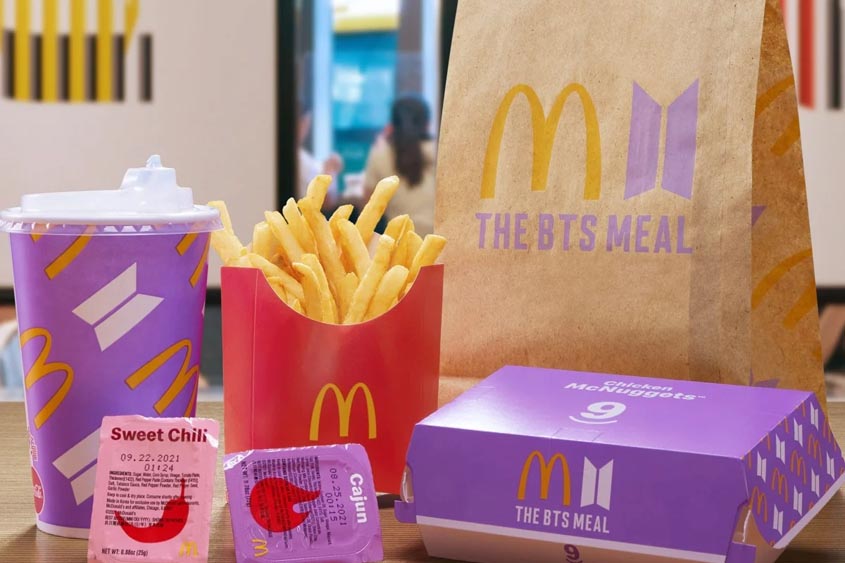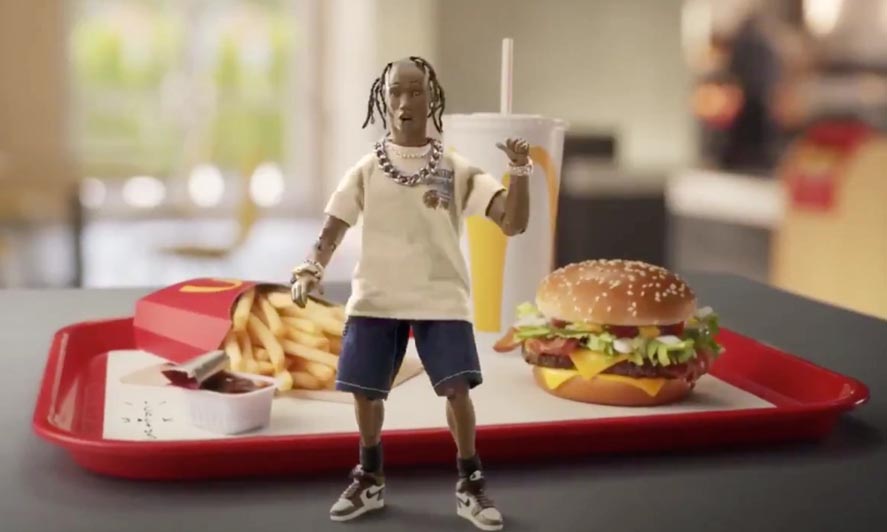Introduction
McDonald’s is the leading fast-food restaurant operating in several countries across the globe. Since its establishment in 1940 in the US, the corporation has become the largest fast-food restaurant operating in more than 100 countries (Kee et al., 2019). McDonald’s main purpose is to serve quality food that meets the needs of consumers. The corporation’s mission statement is “to be our customers’ favorite place and way to eat and drink.” On the other hand, the corporation’s vision statement is “to move with velocity to drive profitable growth and become an even better McDonald’s serving more customers delicious food each day around the world.” In this case, being the best means offering outstanding quality service and value to make every customer smile. Therefore, the corporation wants to focus on customers by delivering quality food and service.
Additionally, McDonald’s is the world’s famous fast-food chain, headquartered in Chicago, US. The key operational areas are service delivery and production. The corporations ensure that customers’ food is of good quality (Wessh, 2019). McDonald’s business activities are supply chain management, quality management, training of employees, maintenance, and many more. Some of the subsidiaries of the corporation are McDonald’s Deutschland, McDonald’s Restaurant Operations Inc, Chipotle Mexican Grill, Inc, and McDonald’s Australia Limited. The corporation has more than 200,000 employees and serves more than 25 million customers across the globe (Smith, 2022). The main competitors of the corporation are Burger King, KFC, Starbucks, Subway, and many more.
The corporation engages in several marketing activities to reach most of its identified targets in the market. The activities include broadcast marketing, billboard advertisement, outdoor ambient marketing, and digital marketing. The brand employs online advertising to help it achieve its awareness and demand-generating objectives (Singireddy, 2020). McDonald’s embraces outside ambient marketing to make a bigger impression on customers. The company also uses billboard advertising to maintain a positive brand perception and affinity among its target population. McDonald’s advertises new menu items, meal discounts, and philanthropic initiatives on television and radio to boost brand awareness and promote new menu items, meal discounts, and philanthropic endeavors. In addition, the major activities performed by marketing departments are pricing, choosing the right promotional tool, marketing content, and choosing the right packaging.
Marketing Statement
The main purpose of this marketing plan is to present consumers with products and services that are sustainable or beneficial to their health.
Environmental Analysis
Porter’s Five Forces of UAE
Table 1: Porter’s Five Forces
PESTEL Analysis of UAE
Table 2: PESTEL Analysis
SWOT Analysis
Table 3: SWOT Analysis of McDonald’s
Buyers Changing Behavior On Marketing Activities
The changing behavior of consumers in marketing is causing a major shift in the marketing activities adopted by the company. Due to rising global health concerns, global fast-food corporations have been repeatedly accused of marketing items that will have a severe health impact on future generations (Langert, 2019). In addition, the widespread use of fast-food ads on youngsters using toys has been criticized by society as posing serious health dangers to children and adolescents. As a result, the corporation is now focusing its advertisement on male and female adults to influence purchasing behavior. In addition, McDonald’s majors on individuals who are concerned with their health to enhance sustainability.
Segmentation
McDonald’s’ uses various segmentation strategies to segment the market. The first segmentation strategy is a behavioral segment. In this case, the segmentation criterion used is benefits sought from the products. The corporation focuses on customers who want health benefits from the food they consume (Crane et al., 2019). The second segmentation approach is psychographic, where the company shows that it values patterns of work and lifestyle of people. The corporation targets the working class in the urban areas and allows them to grab some healthy foods during lunch breaks. They also major in the working-class who are busy in the workplace and do not have time to visit the chains.
Targeting
McDonald’s target market comprises children, youths, and adults. The corporation’s impact has been on all age groups in the market. The corporation’s products can be used by individuals of all ages, including those who have retired (Langert, 2019). In addition, McDonald’s appeals to children by offering Happy Meals, toys, and sugary snacks at the end of their meal. When it comes to adults, McDonald’s has been using the Internet to entice more teenage students by offering free Wi-Fi and a mobile app that delivers incredible free product coupons. This has enabled the corporation to reach out to various youths in the market.
Table 4: Buyer Persona
Positioning
McDonald’s has positioned itself as a family-friendly and low-cost corporation. The firm’s strategy pervades all of its processes. For example, many McDonald’s have two drive-through to reduce wait time and improve the number of customers served (Noam, 2019). This could be a nice option for their location. Throughout the years, they have remained devoted to their core market, despite changing times. Many of their restaurants have playgrounds, and their marketing efforts feature advertisements and themes that are appropriate for families. Children throughout the world use and desire the phrase “happy meal,” and it has become a household term. McDonald’s differentiates itself from its competitors by marketing to the family market, although its competitors may appeal to a bigger audience in some cases.
Marketing Plan
McDonald’s serves hamburgers, chicken, fries, soft drinks, milkshakes, desserts, and many more. These products give McDonald’s a diverse consumer base (Sen, Rajagopal, and Bhattacharjee, 2019). The corporation sells these items in varying numbers, quality, and costs. However, due to the increasing demand for healthy foodstuffs, McDonald’s will ensure that its products are not harmful to consumers. For example, the corporation will make products like hamburgers from organic raw materials. A ground turkey will be used instead of beef to reduce the impacts of red meat. In addition, compared to other ingredients, more vegetables will be used to make the product healthier. Therefore, the products will be used to show that the corporation is concerned with the health of its customers.
Price
Price is an important aspect of the effective performance of McDonald’s in the UAE. For example, a twister sandwich, 1pc chicken, fries, coleslaw, and drink go at about $7 at KFC (KFC, 2021). This is an indication that the prices of products are competitive. To achieve a competitive advantage in the UAE market, McDonald’s will need to set a competitive price. It is supposed to be equal to the ones in the market or slightly lower. However, with the increasing demand for healthy products, the corporation will need to use value-based pricing. This will focus on consumers in the market who are more concerned about their health. As a result, the price of the products will be used to demonstrate value to customers’ health.
Place
McDonald’s will seek densely populated regions of UAE with high-end consumers that are easily accessible, such as airports, bustling streets, and retail establishments. McDonald’s also likes to be located near its biggest competitors, such as KCF and Burger King. This strategy is critical because it ensures that it captures and supplies all market segments with its products (Sen, Rajagopal, and Bhattacharjee, 2019). McDonald’s will also be available online, where customers may place orders. Through its new stores and franchises strategy, McDonald’s has a global focus. The corporation will be able to remain competitive and profitable due to its availability. The presence of such products in such regions generates demand for them. In addition, customers can quickly access their favorite fast foods thanks to McDonald’s location strategy.
Promotion
The promotional strategy is important for the success of McDonald’s. The company uses communication to promote its brand image and raise awareness about its products (Sen, Rajagopal, and Bhattacharjee, 2019). In order to reach its target market, the organization must examine its message and communication instruments. Firstly, the company will use digital marketing tools to reach out to more of its customers who are online users. For example, the company will need to focus on social media marketing. Secondly, McDonald’s will ensure that the marketing content promotes healthy behavior among consumers. The contents will be developed with consumers in mind and ensure that they engage in healthy eating habits.
People
McDonald’s stakeholders like suppliers, employees, and customers will play an integral role in achieving its marketing objectives. Suppliers will assist in supplying organic products to make quality and healthy products. The employees will be trained to make sure that customers get healthy food. Apart from the foods produced, cleanliness will be maintained at all times. In addition, consumers will be informed of the benefits of consuming healthy foods. They will also be taught about the significance of exercising. Therefore, these stakeholders will help the corporation achieve its marketing objective.
Process
The production and delivery process is supposed to enhance the marketing goal of selling healthy products. When preparing foods, the chef will ensure that the right procedure is used. For example, all the procedures will be followed for purposes of making quality and healthy foods. In addition, the corporation will use an exclusive distribution strategy to ensure that products do not go through several people before it reaches consumers. This strategy is usually used by businesses dealing with high-end products. For McDonald’s, the products will be considered high-end because the health of consumers is a top priority.
Physical evidence
McDonald’s will use tangible items as gifts to reward customers in the market. People who show that they value their health will be given a gift (Sen, Rajagopal, and Bhattacharjee, 2019). For example, if people were advised to take only a given quantity of hamburgers to maintain a healthy life, the one who follows the rule will be rewarded with something tangible. Some of the gifts that will be given are a dozen high-end plates, microwaves, TVs, and a coffee table. Therefore, this strategy is based on the fact that people like to receive gifts that evoke their senses to prove that they obtained the product.
Recommendations
To overcome the challenges in marketing, McDonald’s should consider the following. Firstly, they should develop their employees by equipping them with the right skills. Employees play an integral role in helping the organization achieve its marketing objectives. For example, skilled employees ensure that consumers get healthy products as promised. Secondly, McDonald’s should consider investing in its marketing to ensure that the contents promote healthy behavior among consumers. They should ensure that marketing is consumer-oriented and not increase sales. Thirdly, the corporation should focus more on value-based pricing. As a result, consumers should be made to understand that the products being sold at McDonald’s UAE are healthy.
Conclusion
McDonald’s should promote the production of healthy products to perform effectively in the UAE. There are several competitors operating in UAE selling similar products. For example, KFC and Burger are some of the rivals operating on a global scale that can hinder the performance of McDonald’s. To achieve its marketing objective of producing healthy foodstuffs, the corporation should focus on training its employees. This will enable them to produce, serve and distribute healthy food to customers. In addition, the corporation should adopt healthy marketing habits to ensure that consumers make the right choice. They should also consider rewarding consumers who value their health.
References List
Crane, A., Matten, D., Glozer, S. and Spence, L. (2019) Business ethics: Managing corporate citizenship and sustainability in the age of globalization. Oxford University Press, USA.
Fernandez, M. (2021) ‘Economic Dividends of the Abraham Accords,’ European Journal of Business and Management Research, 6(6), pp.205-208. Web.
Kee, D.M.H., Sivanesswaren, A., Pandiyan, L.T.P., Jeyvendranathan, A., Yuganathan, L. and Alrashed, Y.T. (2019) Health Threats by McDonald’s. Journal of the Community Development in Asia (JCDA), 2(3), pp.45-51. Web.
KFC. (2021) ‘Welcome to KFC UAE: Order your meal online now! Web.
Langert, B. (2019) The battle to do good: Inside McDonald’s sustainability journey. Emerald Group Publishing.
Noam, E.M. (2019) Managing Media and Digital Organizations. Palgrave Macmillan, Cham.
Sen, S., Rajagopal, K. and Bhattacharjee, K. (2019) Handbook of Research on Economic and Political Implications of Green Trading and Energy Use. IGI Global.
Smith, C. (2022). McDonalds. DMR. Web.
Singireddy, M (2020) ‘McDonald’s: Global Marketing,’ International Journal of Health and Economic Development, 6(2), pp.16-27.
Wessh, J. (2019) The Service Concept of McDonald’s. GRIN Verlag.
Appendix
KFC as one of the main rival to McDonald’s in UAE

Competitive product prices at KFC

McDonald’s marketing strategies

